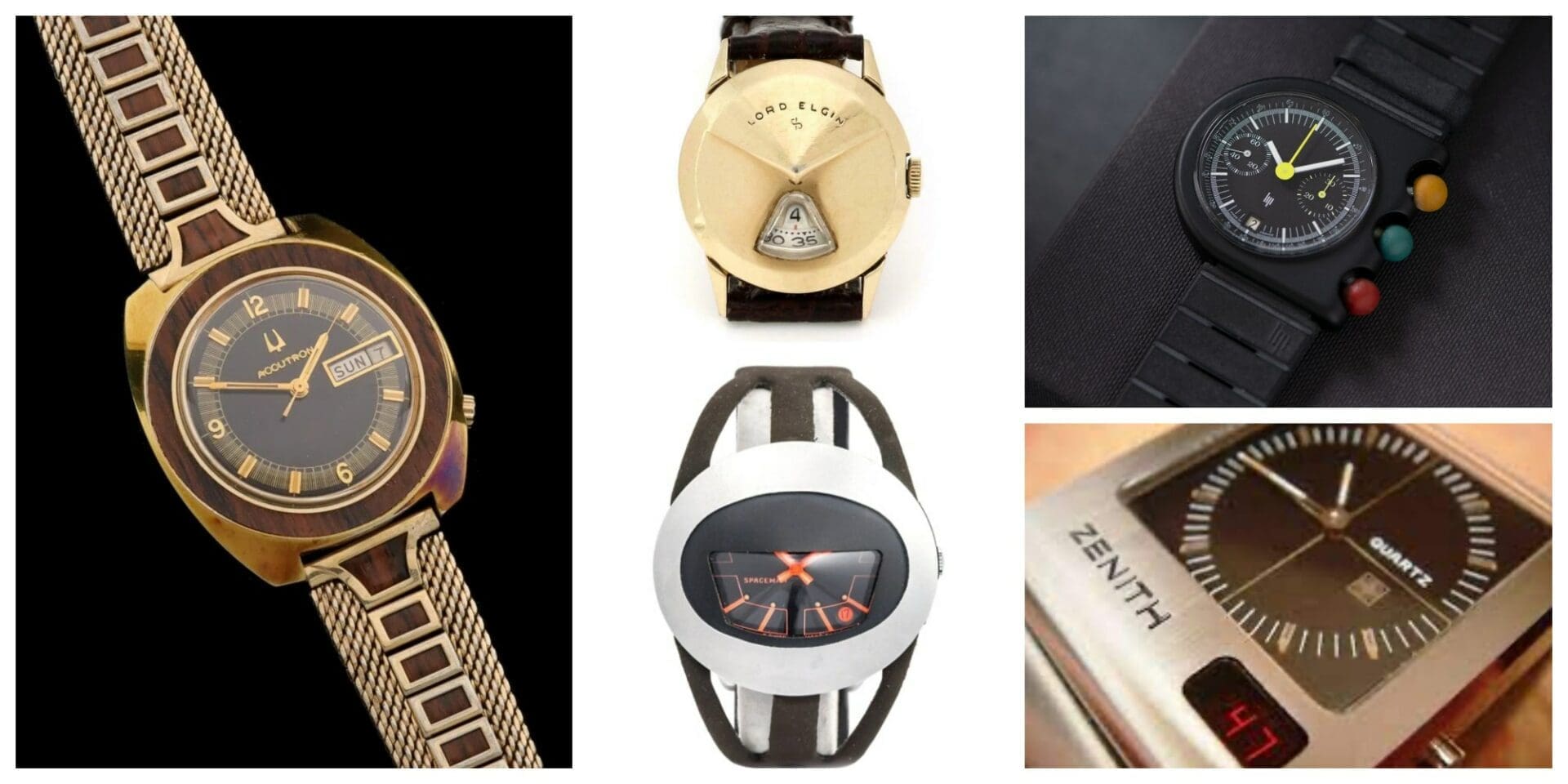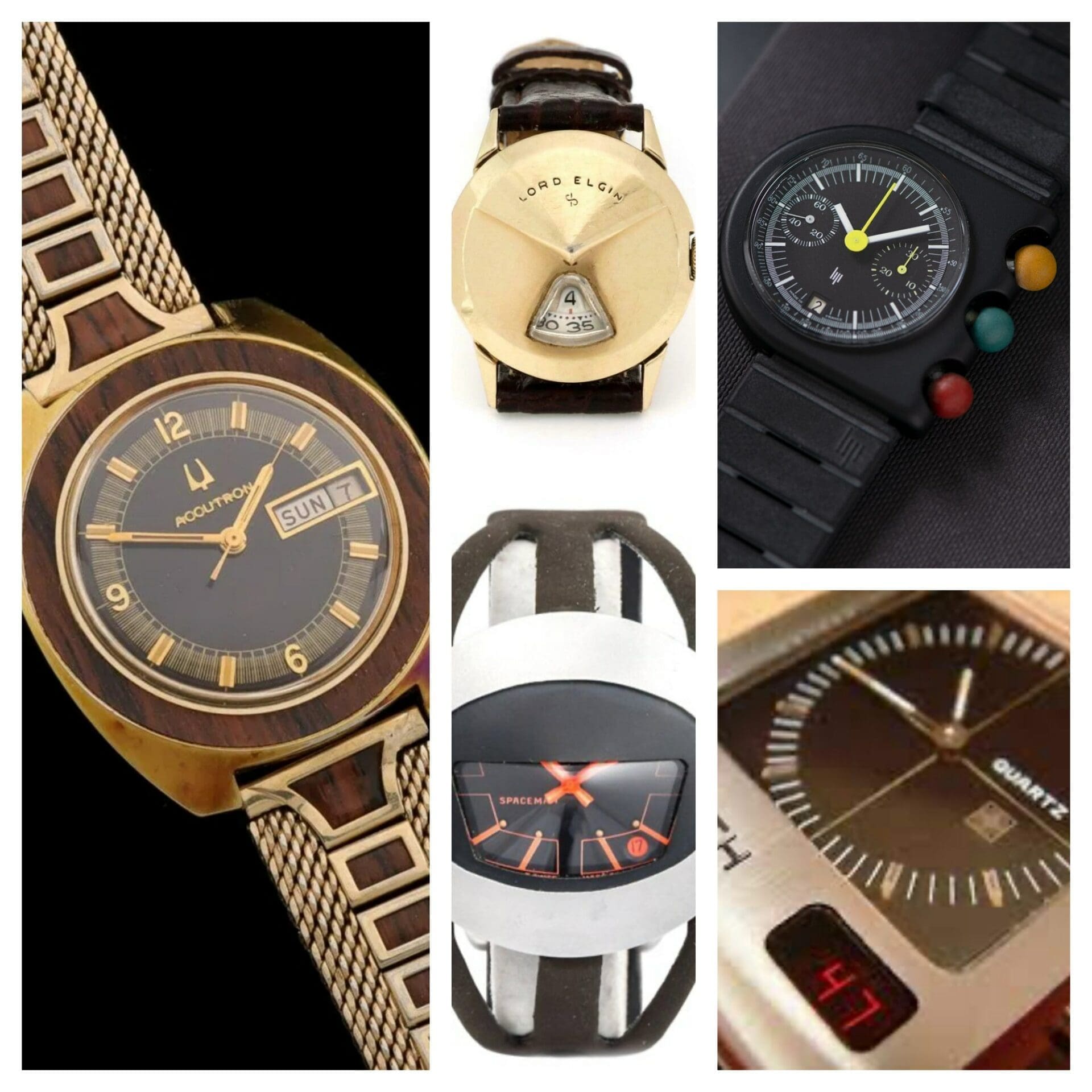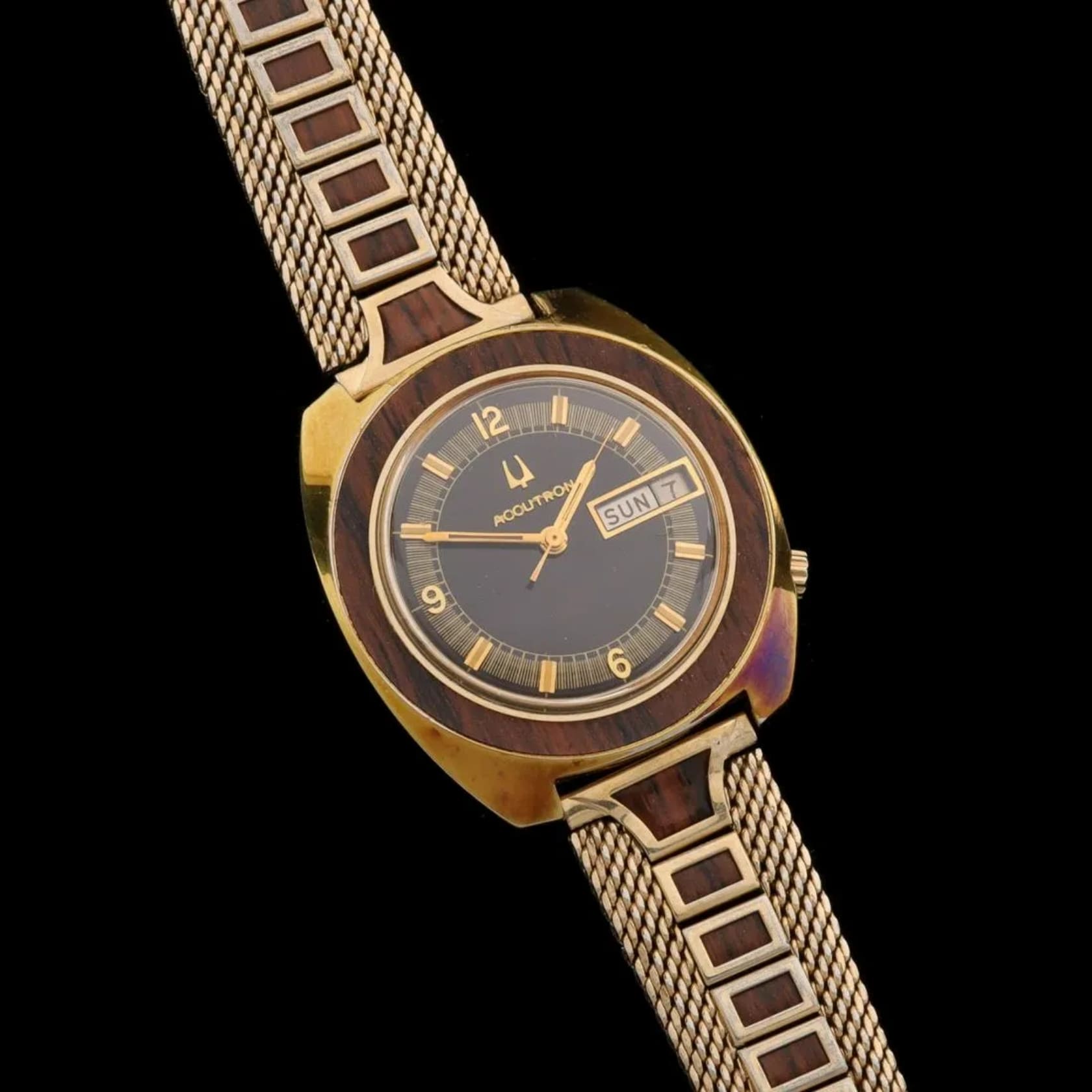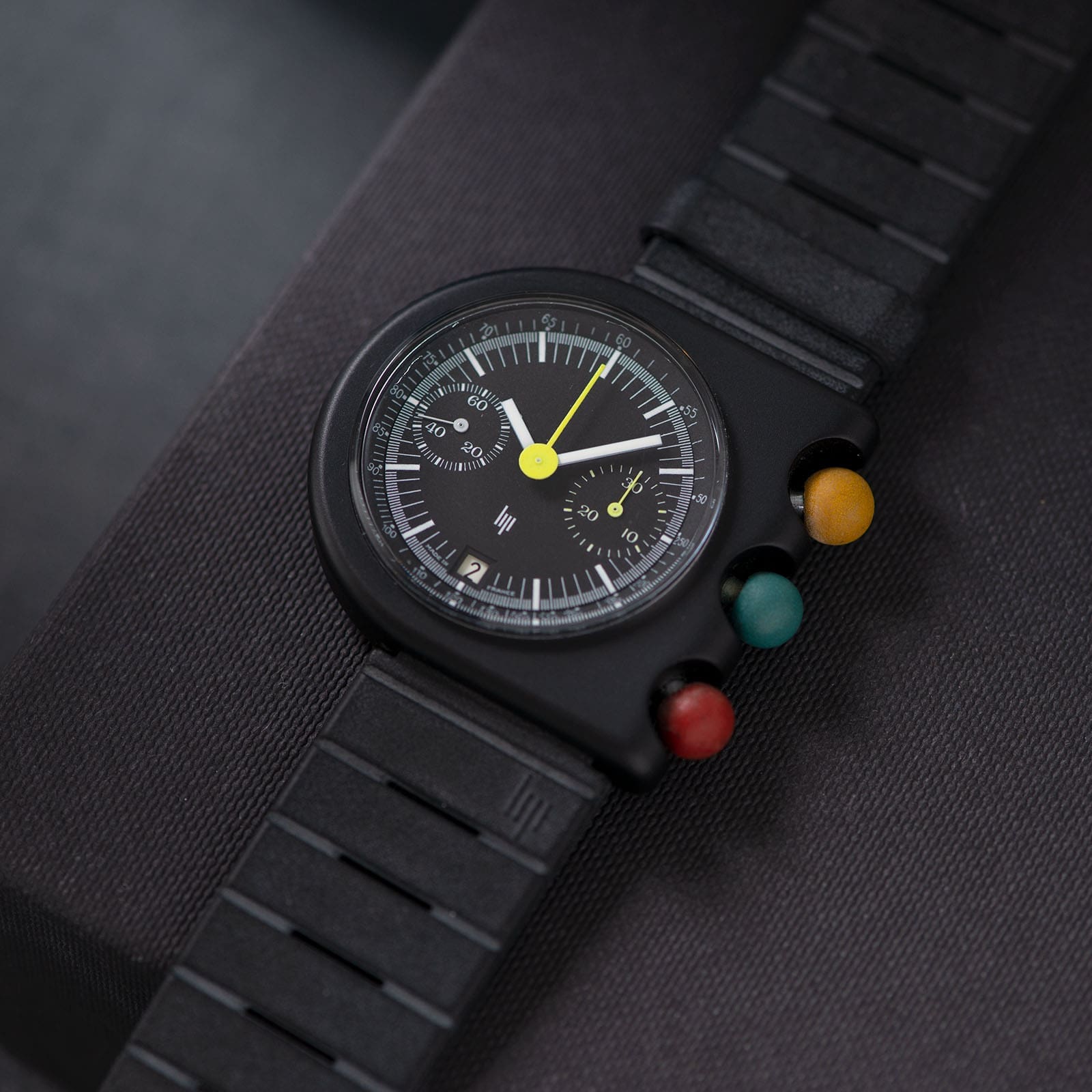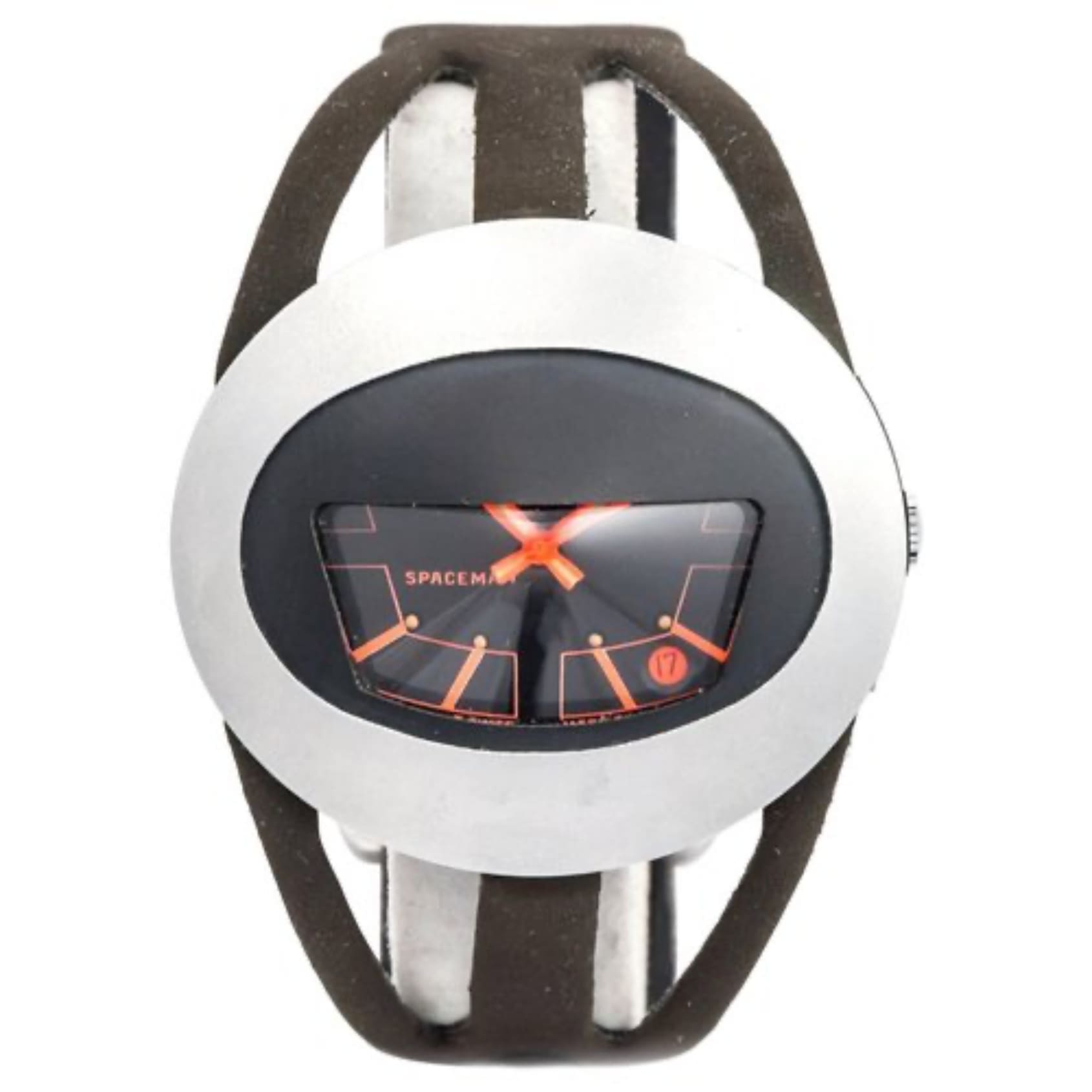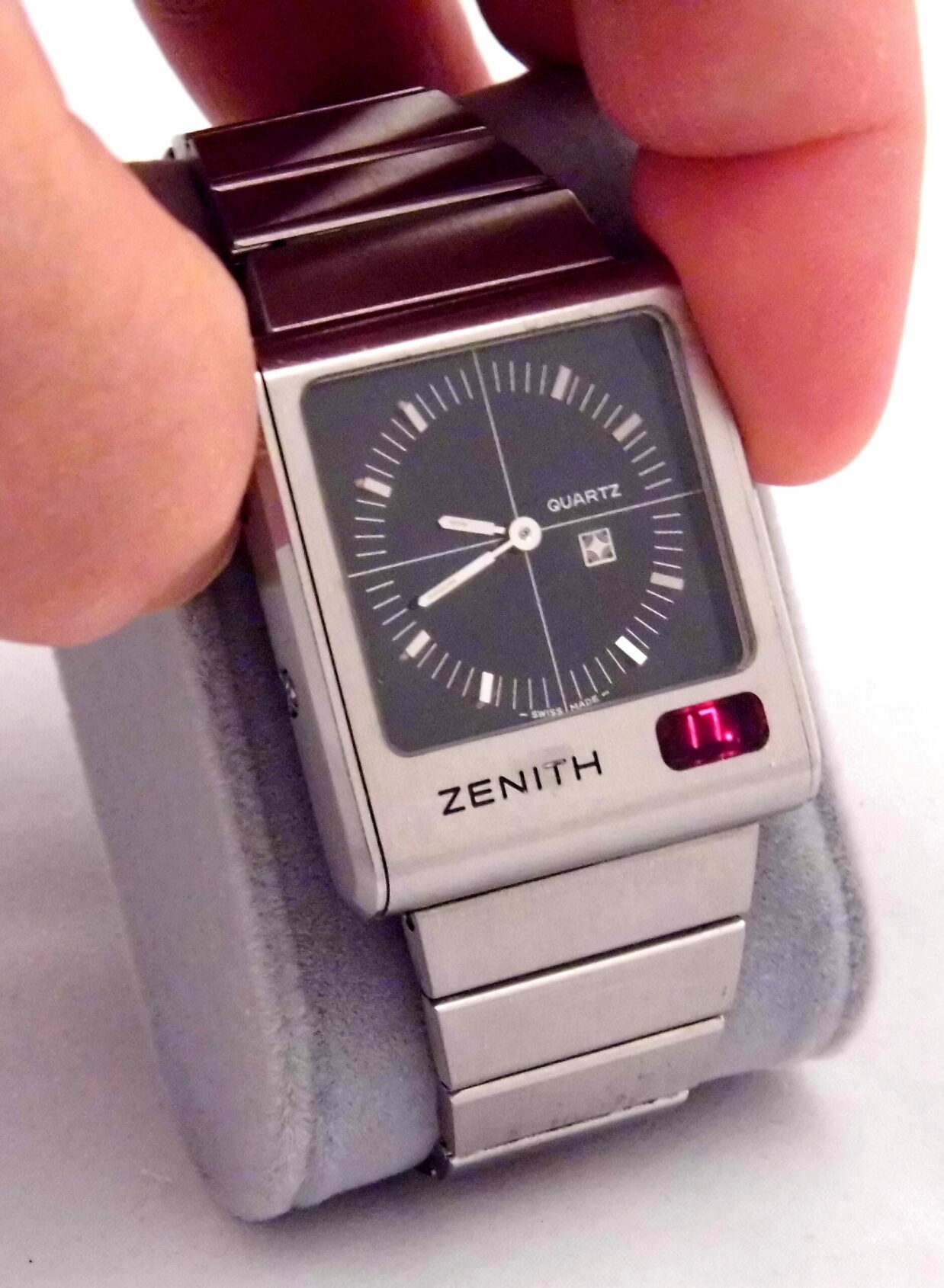5 vintage watches that are so uncool, they’re actually amazing
D.C. HannayWatch collectors can be a conservative lot. It seems many of us stick to the classics: Subs, Speedys, Tanks, and other well-established models account for a good chunk of our collections, but are you ever tempted to stray off the beaten path, and onto the road less traveled? There’s a whole other world of the offbeat, the oddball, and the idiosyncratic, especially among vintage watches, just waiting to be discovered. And for some, this quirky niche is right in their wheelhouse. So ask yourself this: where’s your will to be weird? What follows is just a sampling, with five vintage timepieces that will have you asking yourself that very question.
Full. disclosure: my plunge down this rabbit hole was in no small part inspired by the recent pickup by one of my best watch-collecting friends, James, known on Instagram as The Lost Springbar. His account is well worth a follow, and lurking among his more blue-chip pieces are some really unique watches. He has a weakness for unusual complications, including mechanical alarm watches and soccer timers, but it was a recent pickup of his that piqued my interest: the infamous Bulova Accutron “Woody”.
An Accutron watch on its own is an oddball enough choice, with its pre-quartz tuning fork electric movement, but in all my years of collecting, I’m not sure I’ve ever seen a watch that so perfectly captures this particular 1970s aesthetic. There’s enough wood set into the bezel and bracelet to put a Ford Country Squire station wagon to shame. While certainly not the first (nor the last) watch to employ wood as a decorative motif, the gold-plated case and matching mesh bracelet frames and highlights the dark wood like few others. It’s so over the top, so unashamedly all-in on its wood-panelled commitment that I find it absolutely irresistible. It’s a true time capsule from the glory days of leisure suits and conversation pits.
The next pick is a somewhat divisive choice: The Lip Mach 2000 Chronograph. Some view it as a 20th century design classic, and others as a horological abomination before God, but whatever your opinion, there’s nothing quite like it, and a modern version of it is still produced today. The offset case shape foreshadowed the famous Giugiaro-designed Seiko “Ripley” watch of the mid-’80s, and yet it was released all the way back in 1975. Envisioned by French designer Roger Tallon, the brutally stark white-on-black dial featured a bold pop of yellow on the right subdial and seconds hand, but there was one design element that stood out above all the rest: Those iconic primary-coloured ball-shaped pushers and crown. The way they explode from the side of the blacked-out case recalls the bold-hued artwork of Joan Miró, and the pushers actuate a Valjoux 7734 mechanical chrono within, so there’s real watchmaking legitimacy at play here.
Hurtling backward from the ’70s to the Space Age 1950s, we come to the Lord Elgin Direct Read, known to collectors as the “Chevron”, owing to its V-shaped design on the case front. A jump-hour movement watch, the time is read digitally via two rotating inner discs that peek out of a V-shaped aperture on the lower part of the dial.
Some may liken the looks to a hubcap, but the time readout makes me think of a dashboard speedometer, and the chevron is a visual doppelgänger of the hood emblem on a 1957 Chevy. It’s a small watch with a gold-filled 31mm case, but that only adds to the vintage charm. The whole package is a great reminder of one of the most iconic eras in American automotive design, when postwar optimism was at an all-time high, and the burgeoning space race was visible on the horizon. Big fins and bright chrome pointed the way to a future where virtually anything was possible.
Speaking of the future, things don’t get more Space Age than the absolutely bizarro Spaceman. And it’s at this point that I have to give a special shoutout to Mitch Greenblatt, better known on Instagram as @horolovox. He surely must have the world’s finest collection of the most bonkers watch designs of the 20th century, including this one (and many others). He actually co-wrote the book Retro Watches: The Modern Collector’s Guide, documenting some of the most out-there timepieces you’ve ever seen, and I highly recommend picking it up. Getting back to the watch, the Spaceman was produced in the early ’70s by the ownership of the Catena brand, envisioned by Swiss designer Andre Le Marquand. It features a massive polished oval steel case, manual or automatic ETA movements, and the highly graphic dial visible behind a fibreglass “visor”, evoking a spaceman’s helmet. The case was mounted to a DuPont Corfam synthetic leather strap, its three branches merging into one for the purpose of mounting a buckle. Corfam was briefly used to manufacture shoes and handbags, but alas, the material didn’t live up to DuPont’s expectations, due to its inability to stretch and breathe like genuine leather. But the Spaceman remains as a time capsule (or space capsule) from an exceptionally adventurous period of design, and if you happen to roll up to a watch meet wearing one, you’re sure to be noticed.
Finally, here’s a retro-futuristic curiosity from an unexpected source: Zenith. Yes, Zenith, the creators of the mechanical marvel known as the El Primero chronograph. It was only a few years later that Zenith’s new owners, the American Zenith Radio Company (a leading manufacturer of radios and televisions) all but killed off the company’s mechanical watchmaking endeavors in favor of quartz. Yes, it was a dark period in Swiss watchmaking, but I absolutely love this ’70s relic, the Zenith Time Command Futur. It was a unique-for-the-time analogue/digital quartz watch, with a traditional handset, and a small LED window for seconds, am/pm, and date display. It had a clever design that that used a memory circuit to ensure accuracy when resetting to a different time zone, and the curved rectangular stainless case featured a crystal that followed the case’s contour along the top edge.
Whether the watch’s design is irredeemably dated is up for debate (the aesthetics remind me of classic Bang & Olufsen audio gear), but I find it remarkably handsome, no matter its place among classic Zenith references. Call me offbeat, but I’d be more than happy to wear it (or any of these oddballs) any day of the week.




